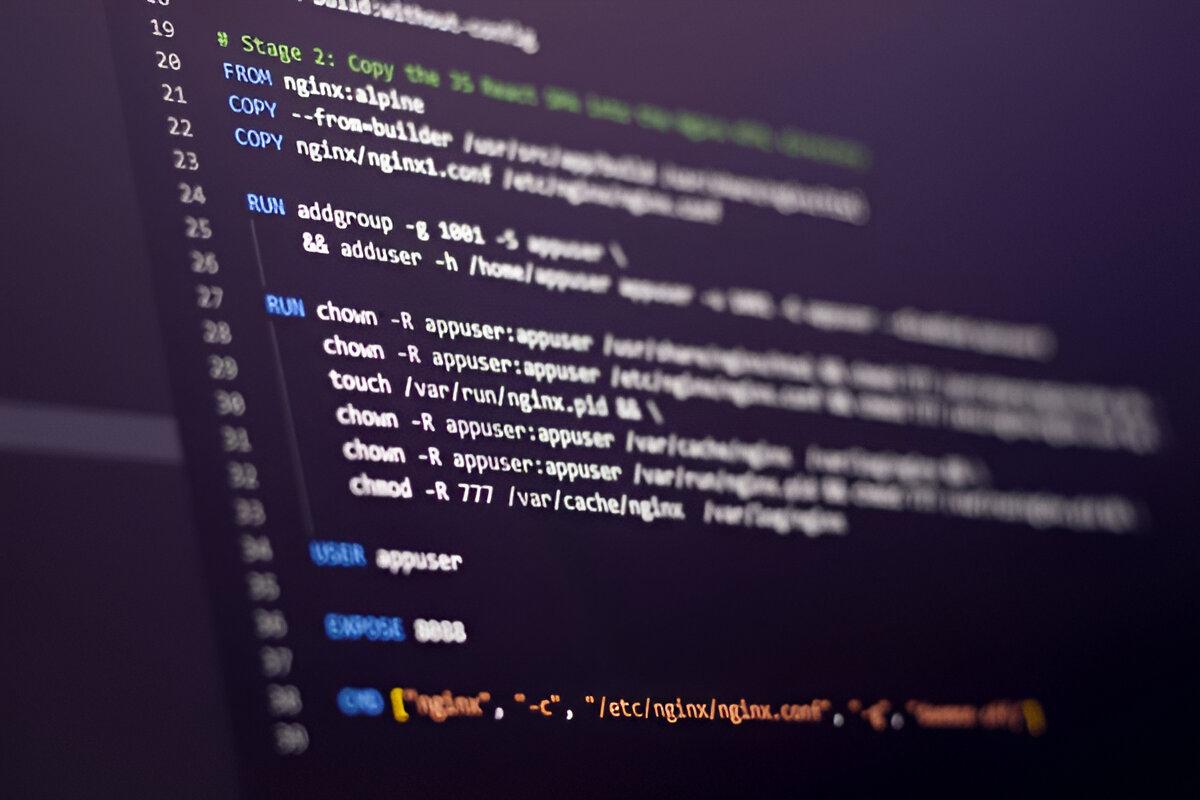In 2025, the concept of containerization has evolved from a trend to a fundamental necessity. However, a provocative assertion is emerging within development channels and GitHub discussions: utilizing Docker for container execution is no longer essential. Indeed. Enter the world of Containers Without Docker, where developer processes are more streamlined, orchestration is more efficient, and runtime options are far from singular.
What factors are prompting this transition? More critically, what actions should you, as an innovative developer or technology decision-maker in the enterprise, consider taking in response?
Let's take a closer look at this.
Docker Represents a Single Container Implementation
For the longest time, the term “Docker” was equated with containers. However, from a technical standpoint, Docker merely exemplifies one method of managing the container lifecycle. The true centerpiece has consistently been containerd, the widely accepted container runtime that is now integrated into the CNCF (Cloud Native Computing Foundation) and is the default runtime for Kubernetes.
With the advent of Kubernetes v1.24, support for Docker was deprecated in favor of containerd and CRI-O. Although Docker retains its utility in development workflows, production environments are progressively moving away from Docker as an obsolete dependency.
Reasons Developers Are Reevaluating Docker in 2025
- Enhanced Performance and Efficiency
Eliminating the Docker Engine from the stack reduces the number of layers involved. This allows direct communication with containerd, bypassing the Docker daemon. The result is more efficient deployments and quicker initialization times, an essential aspect in high-scale operational settings.
- Heightened Security Compliance
Large enterprises are transitioning towards minimal base images and direct container runtimes due to increased demands for compliance and supply chain transparency. Reduced abstraction translates to fewer vulnerabilities. In 2025, this is particularly crucial, especially given a reported 37% rise in container-centric cyber threats over the past year.
- Vendor-Agnostic Tooling
Cloud-native developers are shifting towards alternatives such as Podman, Buildah, and other tools that operate without a daemon or require root access. Podman adheres to OCI standards and is compatible with Docker, thus maintaining your command line familiarity while imposing fewer limitations.
So… Is Docker Obsolete?
Not entirely. Docker Desktop continues to dominate local development processes. The significant change is in the deployment and execution of containers within production environments. In the enterprise sector, Bluella’s container-native cloud implementations utilize OCI-compliant runtimes optimized for efficiency, orchestration, and security, eliminating Docker from the runtime equation.
Consider this analogy: Docker is akin to training wheels. Beneficial for initial learning. However, as you scale to cloud-level architectures, a high-performance framework is required, rather than a basic model.
Implications For You
A hasty farewell to Docker isn't required. However, if you are developing production-quality containerized applications, it is essential to:
- Reassess your Kubernetes runtime setup
- Investigate direct implementations of containerd, CRI-O, or Podman
- Adopt lightweight container images and OCI-compliant tools
- Emphasize DevSecOps pipelines that extend beyond basic Dockerfile validation
Bluella facilitates engineering teams in transitioning their container strategies smoothly. Whether you are moving towards EKS, GKE, or hybrid cloud environments, our DevOps specialists optimize the transition from Docker-reliant architectures to contemporary, runtime-neutral containers.
Beyond the Daemon: How CI/CD Pipelines Are Reinventing Themselves Without Docker
In 2025, CI/CD workflows are no longer be constructed with Dockerfiles and daemon dependencies. The previously straightforward docker build, docker push, docker run process has now advanced into modular, composable pipelines leveraging BuildKit, Buildah, or Kaniko, which operate independently of Docker.
These daemonless builders provide multiple benefits:
- Enhanced security: There is no requirement to operate a privileged Docker daemon within your CI environment.
- Accelerated parallel builds: Solutions such as BuildKit facilitate caching and simultaneous layer creation, reducing build durations by as much as 60%.
- Scalability and compliance: Executing rootless and within isolated namespaces aligns more effectively with enterprise security standards (CIS Benchmarks for containers, NIST SP 800-190).
At Bluella, we have assisted mid-sized engineering teams in transitioning from cumbersome Docker-based CI/CD workflows to optimized pipelines utilizing GitHub Actions, GitLab CI, and ArgoCD, with Buildah + containerd serving as the foundation.
The outcome? More reliable builds, expedited iterations, and a diminished attack surface.
Migrating Legacy Systems That Depend on Docker
Docker Swarm, once promoted as a simpler substitute for Kubernetes, is nearly entirely retired. Numerous legacy applications still depend on Docker Compose, which is currently losing viability for production-grade orchestration. The primary challenge? Migrating securely without interrupting business operations.
This is where Bluella's container migration methodology yields significant results:
- We commence with container runtime abstraction, identifying where Docker-specific logic is present.
- We substitute Docker Compose stacks with Kubernetes-native Helm charts or Kustomize scripts, incorporating GitOps for deployment governance.
- We implement Podman + systemd integrations for legacy server environments where Kubernetes is excessive but Docker support is untenable.
Experience a smooth transition with Bluella. No runtime disruptions. And a pathway towards compliance and multi-environment scalability.
Bluella facilitates modernization with accuracy and practicality.
Our focus is to enhance your runtime architecture for efficiency, security, and scalability.
From assessment to design, from local development to multi-cloud operations. And we do it without buzzwords, vendor lock-in, or expensive interruptions.



